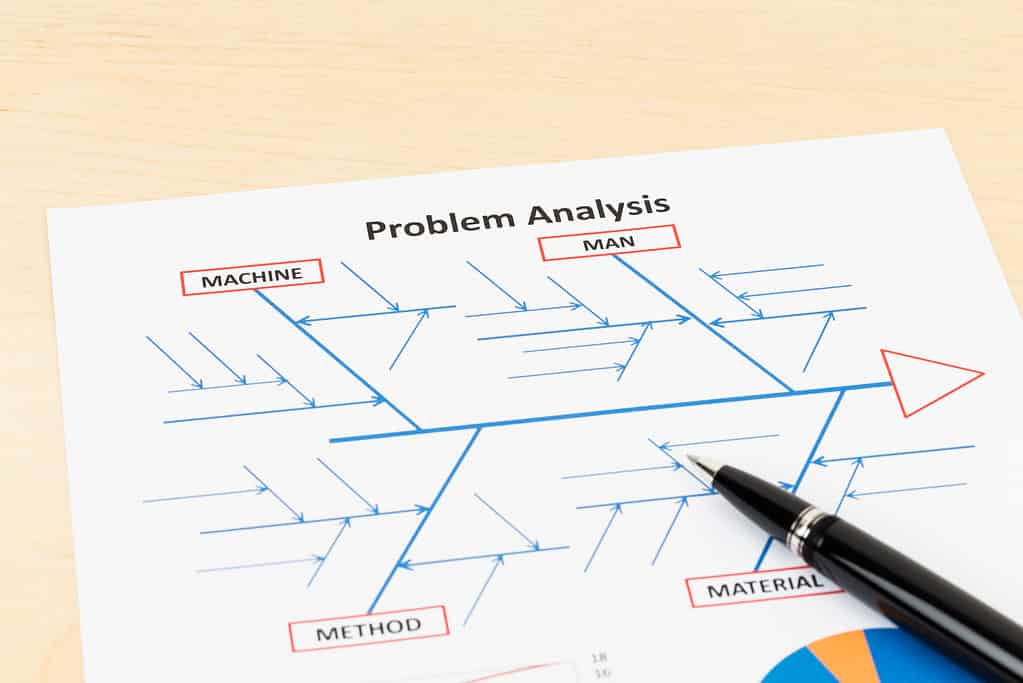Tag: ishikawa diagrams

Understanding the 6Ms: A Powerful Tool for Problem-Solving
Published:Are you confused yet? Is it the 6 Ms? Is it 5 Ms and a P? How about 4 Ms, 5 Ms or 8 Ms? Let’s explore some of these and figure it out.
Read more »
Cause-and-Effect Diagrams: A Visual Tool for Root Cause Analysis
Published:Getting to grips with the many different causes of defects and quality issues is key to ensuring business success and avoiding customer dissatisfaction. The cause and effect diagram is a clear, visual representation of all possible causes and keeps the team focused upon quality improvement.
Read more »
Root Cause Analysis: Integrating Ishikawa Diagrams and the 5 Whys
Updated:Root cause analysis (RCA) is a way of identifying the underlying source of a process or product failure. As such, then the right solution can be identified. RCA can progress more quickly and effectively by pairing an Ishikawa diagram. You can also use the scientific method in the form of the well-known plan-do-check-act (PDCA) cycle […]
Read more »